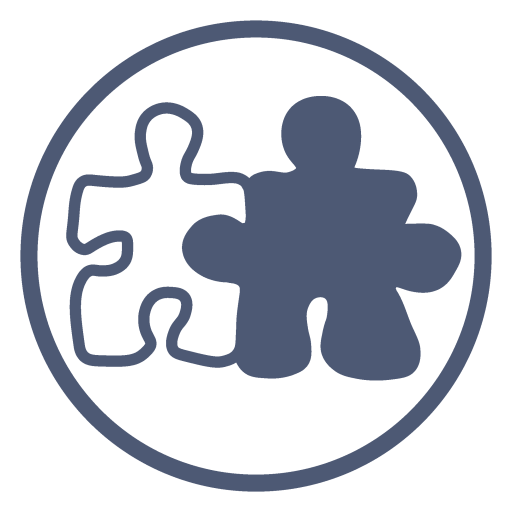The Netherlands has established itself as a pioneer in circular economy initiatives, leading the way with innovative approaches to reduce waste and maximize resource efficiency. At the heart of this transformation is the 10R Model—a comprehensive framework that extends beyond the familiar “reduce, reuse, recycle” mantra to create a truly circular economy. Let’s explore how this model is reshaping the Dutch approach to sustainability.
Beyond the 3Rs: Introducing the 10R Model
The 10R Model offers a hierarchy of strategies for resource conservation, arranged from highest to lowest resource value retention:
- Refuse: Preventing resource use by declining products that are unnecessary or harmful to the environment.
- Rethink: Reimagining how products are used to increase efficiency and reduce waste.
- Reduce: Minimizing resource consumption in production and use.
- Reuse: Using products again for their original purpose without significant modification.
- Repair: Fixing products to extend their useful life.
- Refurbish: Restoring products to good working condition.
- Remanufacture: Disassembling products to create new ones with the same function.
- Repurpose: Using discarded products or materials for a different function.
- Recycle: Processing materials to create new products.
- Recover: Extracting energy from materials that cannot be otherwise recycled.
The Netherlands’ Circular Success Stories
The Dutch have embraced this model across various sectors:
Design and Manufacturing
Dutch companies like Fairphone design products with repairability and longevity in mind. Their modular smartphones allow users to replace individual components rather than the entire device.
Construction and Infrastructure
The Netherlands is pioneering circular construction with projects like the Circle pavilion in Amsterdam, built using recycled and sustainable materials. The Dutch government has committed to making all public procurement circular by 2030.
Textile Innovation
Dutch textile companies are developing closed-loop systems where old clothing is transformed into new fibers. Initiatives like “Reflow” in Amsterdam collect textile waste to create new fashion products.
Food and Agriculture
The Netherlands is tackling food waste through innovations like “Kromkommer,” which sells oddly-shaped vegetables that would otherwise be discarded, and “Instock,” a restaurant chain that creates meals from surplus food.
Government Support and Policy Framework
The Dutch government has set ambitious targets: a 50% reduction in raw material use by 2030 and a fully circular economy by 2050. Key policies include:
- Tax incentives for circular business models
- Extended Producer Responsibility schemes
- Public procurement requirements favoring circular products
- Investment in circular innovation hubs
Challenges and Future Directions
Despite progress, challenges remain. Consumer behavior change, complex supply chains, and economic viability of certain circular practices still pose obstacles. The Netherlands is addressing these through education campaigns, collaborative platforms, and continued innovation support.
The 10R Model provides a comprehensive roadmap for the Netherlands’ circular transition. By systematically applying these principles across all sectors, the country is demonstrating that a truly circular economy is not just an environmental imperative but an economic opportunity. As the Dutch continue to refine and implement this model, they offer valuable lessons for the global community in the journey toward a waste-free future.







